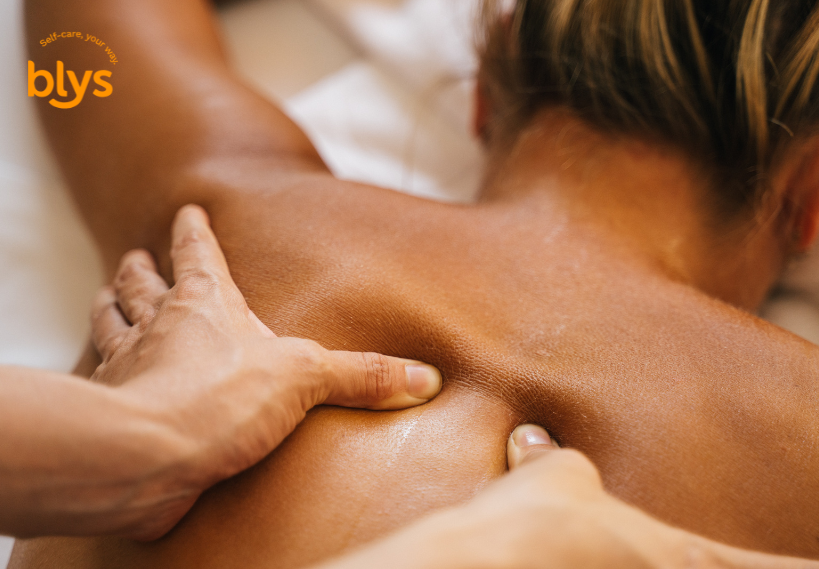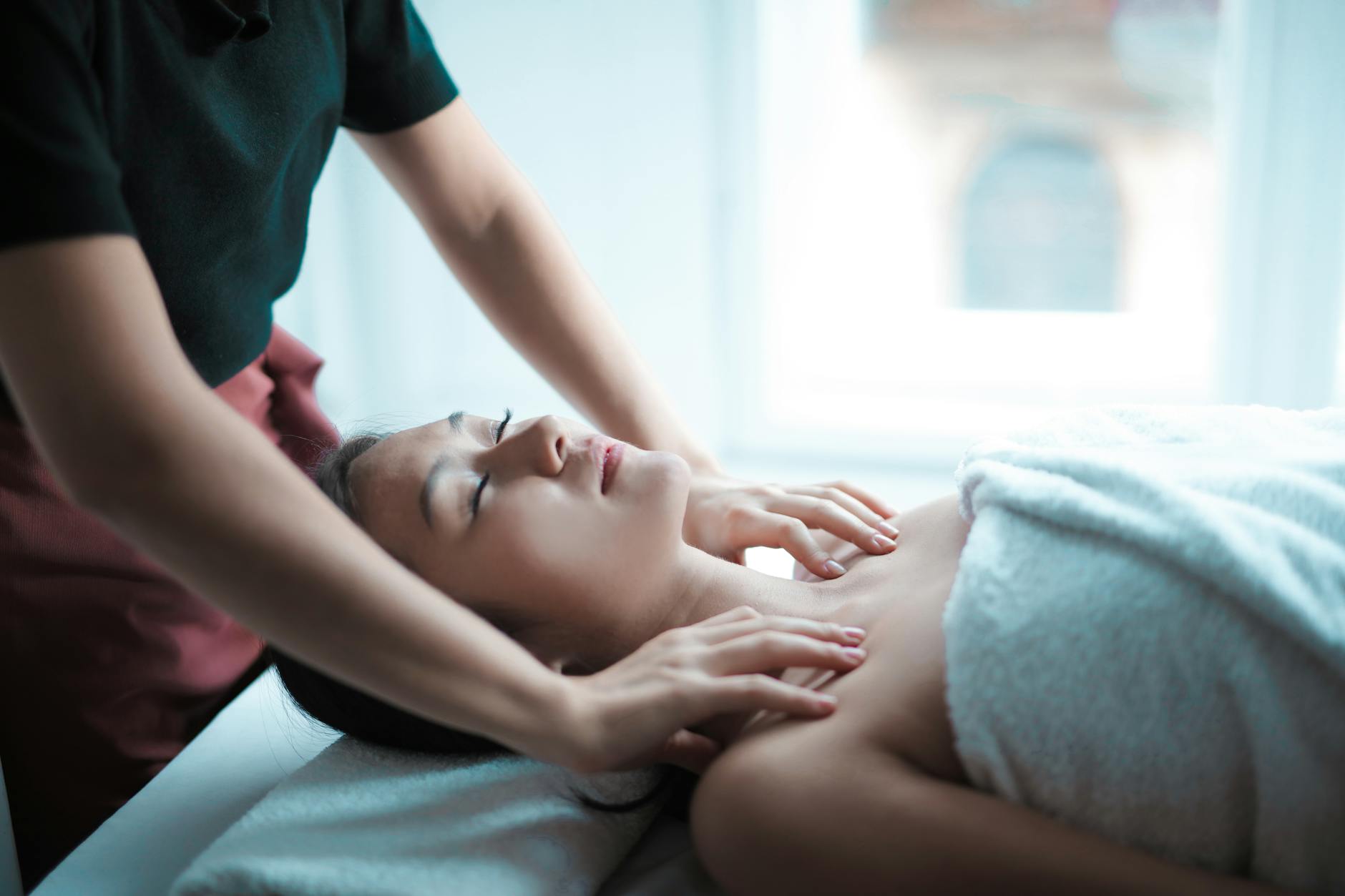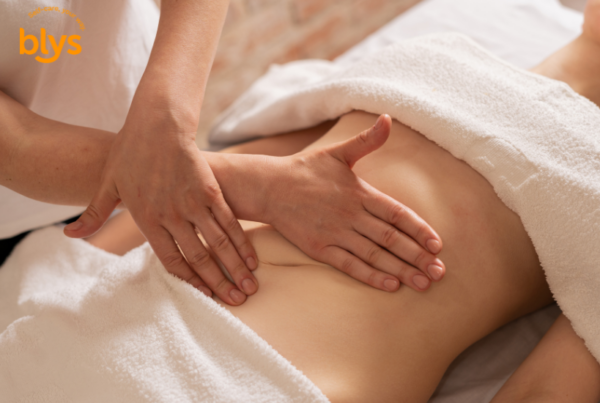
Massage isn’t just about relaxation. Across Australia, more people are turning to it as part of their health routine, especially when facing challenges like cancer. For those in treatment, pain, fatigue, and anxiety are common, and massage can offer real relief beyond what medical care alone provides.
In this guide, you’ll learn how specialised options like oncology massage help reduce cancer pain, improve sleep, and ease stress. We’ll explain how it works, why it’s safe during chemotherapy, and what research says about its benefits, helping you find the right fit for your needs.
Understanding Oncology Massage
Oncology massage is a gentle, specialised type of massage designed for people undergoing or recovering from cancer treatment. Unlike regular massage, it focuses on comfort, using light pressure and slow, careful movements to fit each person’s health needs.
What sets oncology massage apart:
- Uses light touch to avoid overstressing the body
- Avoids sensitive areas like surgical scars or radiation sites
- Adapts techniques for side effects such as fatigue or neuropathy
- Focuses on comfort and emotional support, not just muscle tension
Research shows that oncology massage can help reduce pain, stress, and improve quality of life for people with cancer. A 2023 review in Integrative Cancer Therapies found it can significantly improve pain, fatigue, and mood during treatment.
Working with a qualified oncology massage therapist is essential. These therapists understand the physical changes that come with cancer treatment and know how to deliver safe, personalised care.
How Massage Helps During Cancer Treatment
Oncology massage can be a valuable complementary therapy for people with cancer, offering relief from many common treatment side effects. It’s important to remember, though, that massage should never replace medical treatment; it works best alongside chemotherapy, radiation, or other prescribed care to help improve comfort and wellbeing.
Here’s what research shows about its benefits:
- Reduces pain: Studies show that oncology massage can lower cancer-related pain and discomfort. Research from Memorial Sloan Kettering Cancer Centre found patients who received massage reported less pain and tension, making it a useful part of supportive care.
- Eases fatigue: Cancer treatments often lead to overwhelming fatigue. Massage can help reduce this exhaustion and improve overall energy levels.
- Lowers stress and anxiety: Gentle, caring touch helps calm the nervous system, reducing stress and easing anxiety.
- Improves mood and emotional wellbeing: Many patients feel more emotionally supported and connected after massage, which can boost overall mood.
When used alongside your medical treatments, oncology massage can make a meaningful difference in managing side effects and improving quality of life.
Benefits of Oncology Massage and How It Differs
Oncology massage offers meaningful benefits for people living with cancer, helping manage physical and emotional side effects alongside medical treatment. It’s designed specifically for comfort, care, and safety and while it may look similar to other massage styles, it’s carefully adapted to meet the unique needs of cancer patients.
Key benefits of oncology massage
- Pain relief: Cancer pain can come from the illness itself, treatments like chemotherapy or radiation, or from post-surgery recovery. Oncology massage can help ease this pain by relaxing muscles, improving circulation, and calming the nervous system.
- Reduced fatigue and better sleep: Fatigue is one of the most common and distressing symptoms during cancer treatment. Gentle massage can help improve energy levels and support better sleep, allowing patients to feel more rested and resilient.
- Stress and anxiety reduction: A cancer diagnosis often brings emotional strain. Massage helps lower stress hormone levels, ease anxiety, and support emotional wellbeing, creating a safe space for relaxation.
- Emotional comfort and connection: Beyond physical benefits, oncology massage offers emotional reassurance and a sense of being cared for, something that’s deeply valued by many patients.
Understanding these benefits is just the first step, it’s also important to know how oncology massage is delivered safely, especially during treatments like chemotherapy.
How oncology massage differs from other massage types
| Aspect | Oncology Massage | General Massage (e.g., Swedish, Remedial) |
| Pressure used | Light, gentle touch; avoids deep tissue work | Medium to firm pressure; may include deep tissue techniques |
| Techniques adapted | Customised to avoid surgical sites, radiation areas, fragile skin, or lymphedema risk | Focuses on muscle tension, knots, or relaxation goals |
| Therapist training | Specialised oncology training; understands cancer treatments and side effects | General massage certification; not specific to cancer care |
| Session goal | Provide comfort, reduce pain, ease stress, improve wellbeing | Relax muscles, improve flexibility, or boost athletic recovery |
| Client focus | People in all stages of cancer treatment or recovery | General population without major medical conditions |
Oncology massage is highly personalised care. Unlike typical massages that aim to “fix” muscle issues or improve sports performance, oncology massage is about meeting the person where they are, safely and compassionately.
This makes it one of the most supportive complementary therapies available during cancer treatment.
Safe Massage During Chemotherapy
One of the most common questions people have is whether it’s safe to get a massage during chemotherapy. The good news is that oncology massage is specifically designed to be safe for people going through cancer treatment, but it’s crucial that it’s done by a therapist trained in oncology care.
Here’s why safety matters and how it’s ensured:
- Gentle pressure and careful technique: Chemotherapy can make the body more sensitive, increase the risk of bruising, or lower immunity. Oncology massage uses light touch and avoids aggressive techniques to prevent skin damage or discomfort.
- Avoiding vulnerable areas: Therapists carefully work around areas affected by treatment, such as radiation sites, surgical scars, ports, or lymph nodes. For example, if you have lymphedema risk, the therapist will avoid deep work near those regions to prevent swelling.
- Personalised adjustments: Every person’s cancer journey is different. Therapists adapt the massage based on energy levels, current symptoms, and side effects like nausea or neuropathy, ensuring you feel comfortable and supported.
- Works alongside medical care: Massage is a complementary therapy — it doesn’t replace chemotherapy or other treatments, but it can make side effects more manageable and improve quality of life.
Australian organisations like Cancer Council Australia acknowledge that gentle, trained massage can be a helpful part of supportive care during treatment. Still, it’s always wise to talk to your healthcare team first before booking a session, especially if you have medical concerns.
Want to experience safe, professional care at home? With Blys, you can book a qualified oncology massage therapist who understands your needs and provides thoughtful, personalised treatment — right in your own space.
Choosing the Right Therapist
When it comes to oncology massage, choosing the right therapist is key. Not every massage therapist is trained to work with cancer patients, so it’s important to know what to look for.
Here’s a simple guide to help you:
- Look for specialised training: Choose a therapist with recognised oncology massage training so they understand the effects of cancer and treatments on the body.
- Check experience: Ask if they’ve worked with cancer patients before. Hands-on experience makes a big difference.
- Communicate your needs: Be open about your medical history, treatments, and concerns. A good therapist will adjust the session to meet your needs.
- Get medical clearance if needed: For some people, especially those with advanced cancer or specific health issues, it’s smart to check with your doctor before booking.
- Book through a trusted provider: With Blys, you can book a qualified oncology massage therapist to come to your home. Blys carefully checks its therapists, giving you peace of mind.
Other massage styles like Swedish massage or lymphatic drainage might interest you down the track, but oncology massage is the safest choice during cancer treatment. Always check with your healthcare team before trying anything new.
Ready to book expert care at home? Visit Blys to find a qualified therapist near you.
Conclusion
Oncology massage offers meaningful benefits for people going through cancer, from reducing pain and fatigue to easing stress and improving overall wellbeing. It’s a safe, gentle, and supportive therapy when done by a trained professional — but it’s important to remember it should always complement, not replace, your medical care.
If you’re ready to experience the comfort and relief of oncology massage, Blys makes it easy to find a qualified therapist who can provide care in the comfort of your home.
Visit Blys to book your session today — or surprise someone you care about with a thoughtful massage gift voucher they can use whenever they’re ready.





